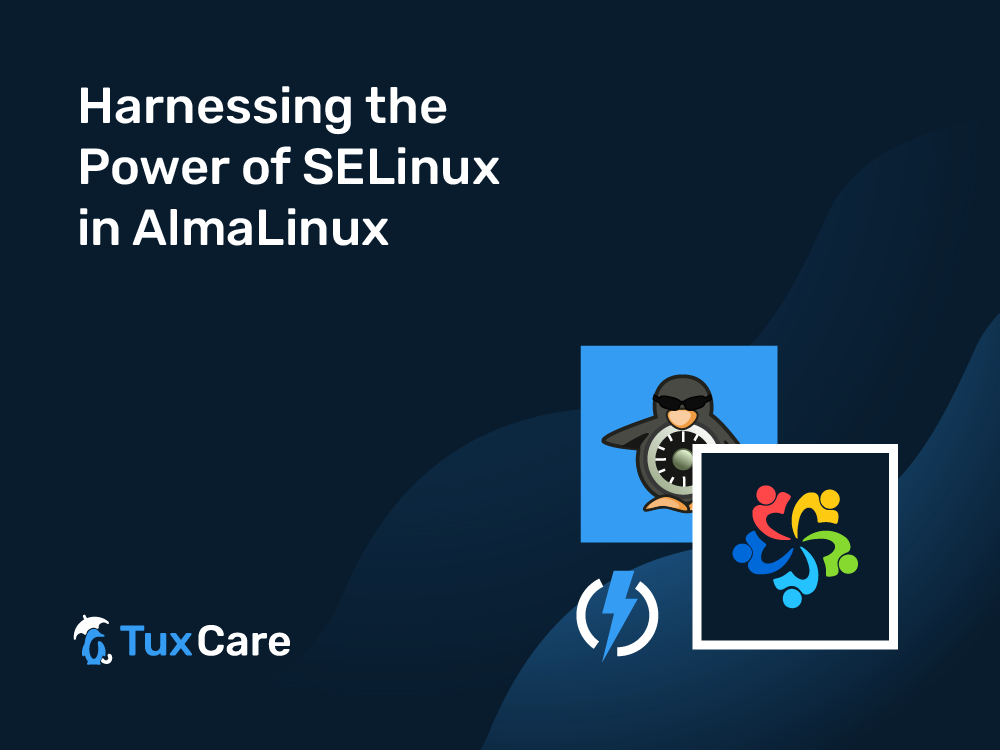Demystifying SELinux: Understanding Mandatory Access Controls for Linux Security
In the realm of Linux security, one name stands out for its robustness and effectiveness: Security-Enhanced Linux. This powerful security mechanism, integrated into the Linux kernel, offers a sophisticated approach to enforcing mandatory access controls. In this article, we will explore the workings of this type of security, unraveling its complexities to provide a comprehensive understanding of how it fortifies Linux systems against security threats.
Understanding SELinux
At its core, SELinux operates on the principle of mandatory access controls (MAC), which augment the traditional discretionary access controls (DAC) Linux offers. While DAC relies on user and group permissions to govern access to resources, it adds a layer of control by assigning security labels, called Security Contexts, to processes and files.
Security Contexts comprise of three components: user, role, and type. These labels define the permissible interactions between subjects (processes) and objects (files, directories, sockets, etc.) based on a set of SELinux policies. By meticulously enforcing these policies, it ensures that even if a user or process gains unauthorized access, it is constrained within predefined boundaries, mitigating the impact of potential security breaches.
Implementing SELinux
Deploying SELinux involves customizing policies to suit the specific security requirements of the system. Tools like semanage and setroubleshoot facilitate policy management and troubleshooting, allowing administrators to fine-tune access controls without compromising system integrity. For a detailed guide on managing SELinux policies and customizations, refer to this article on managing SELinux policies.
Benefits
The adoption of SELinux brings forth a multitude of benefits, primarily in bolstering the security posture of Linux environments. By confining processes to their designated security contexts, SELinux mitigates the risk of privilege escalation and unauthorized access attempts.
Furthermore, SELinux enhances system visibility by generating detailed audit logs, enabling administrators to monitor and analyze security-related events effectively.
Real-World Application
In CentOS 7, SELinux serves as a cornerstone for enhancing system security. Leveraging it in CentOS 7 not only fortifies the operating system against various forms of cyber threats but also fosters a proactive security culture within organizations.
To delve deeper into implementing SELinux for enhanced security in CentOS 7, refer to this article on leveraging SELinux for enhanced security.
Challenges and Best Practices
Despite its formidable security features, SELinux implementation may pose challenges, especially for novice users.
Understanding its policies and troubleshooting issues demands a steep learning curve. However, with proper training and adherence to best practices, administrators can harness the full potential of SELinux while minimizing operational hurdles.
Final Thoughts
SELinux stands as a stalwart guardian of Linux security, offering unparalleled protection through mandatory access controls. By enforcing granular access policies and confining processes within predefined boundaries, SELinux fortifies Linux systems against a myriad of security threats. Embracing it not only bolsters the security posture of Linux environments but also fosters a proactive security culture – essential in today’s increasingly sophisticated threat landscape.
For a broader understanding of the concept and its significance in the Linux ecosystem, consider consulting resources provided by industry leaders like Red Hat. Red Hat offers a comprehensive guide explaining what SELinux is, shedding light on its functionalities and importance in Linux security architecture.



 Documentation
Documentation Login
Login




